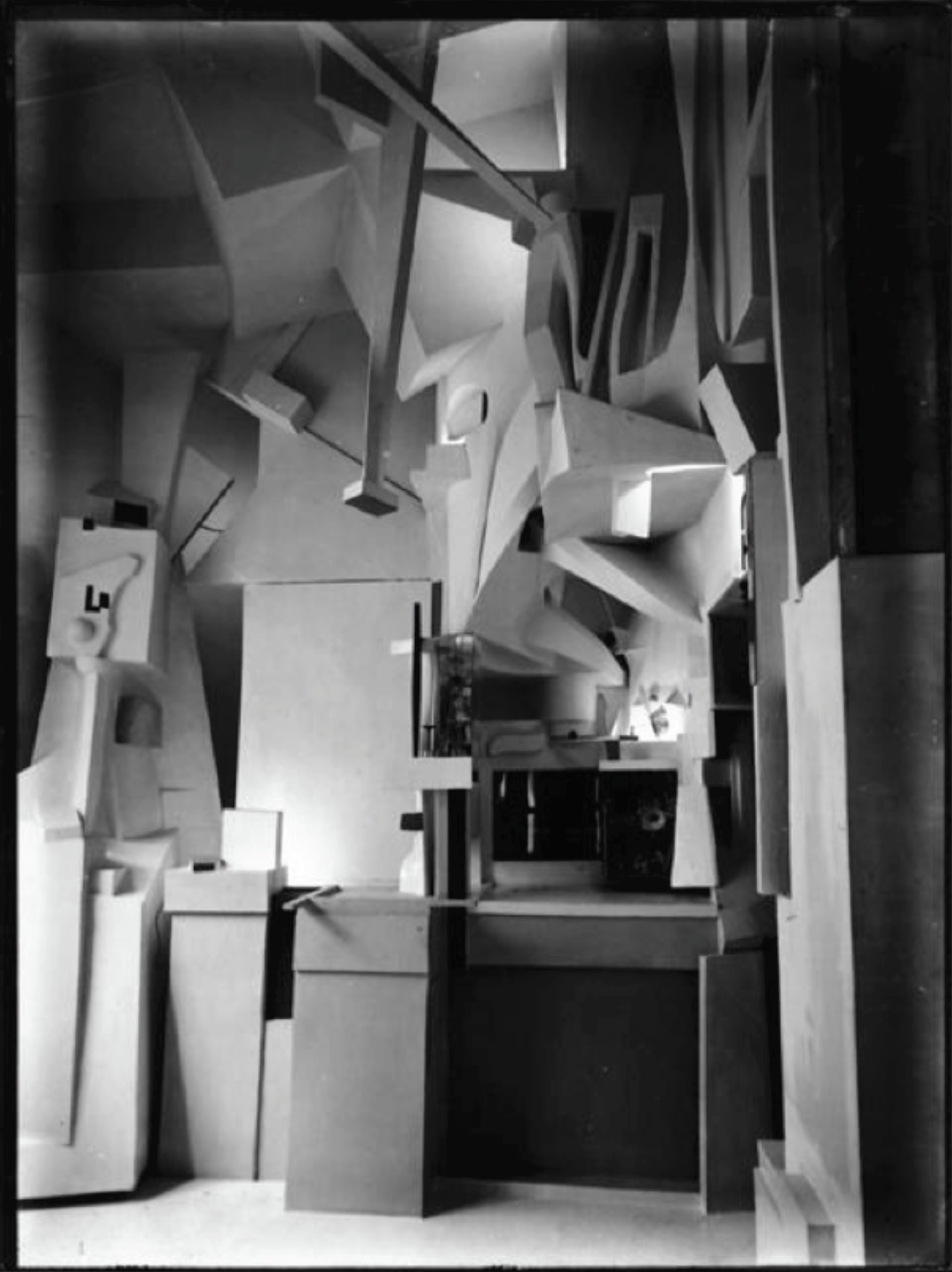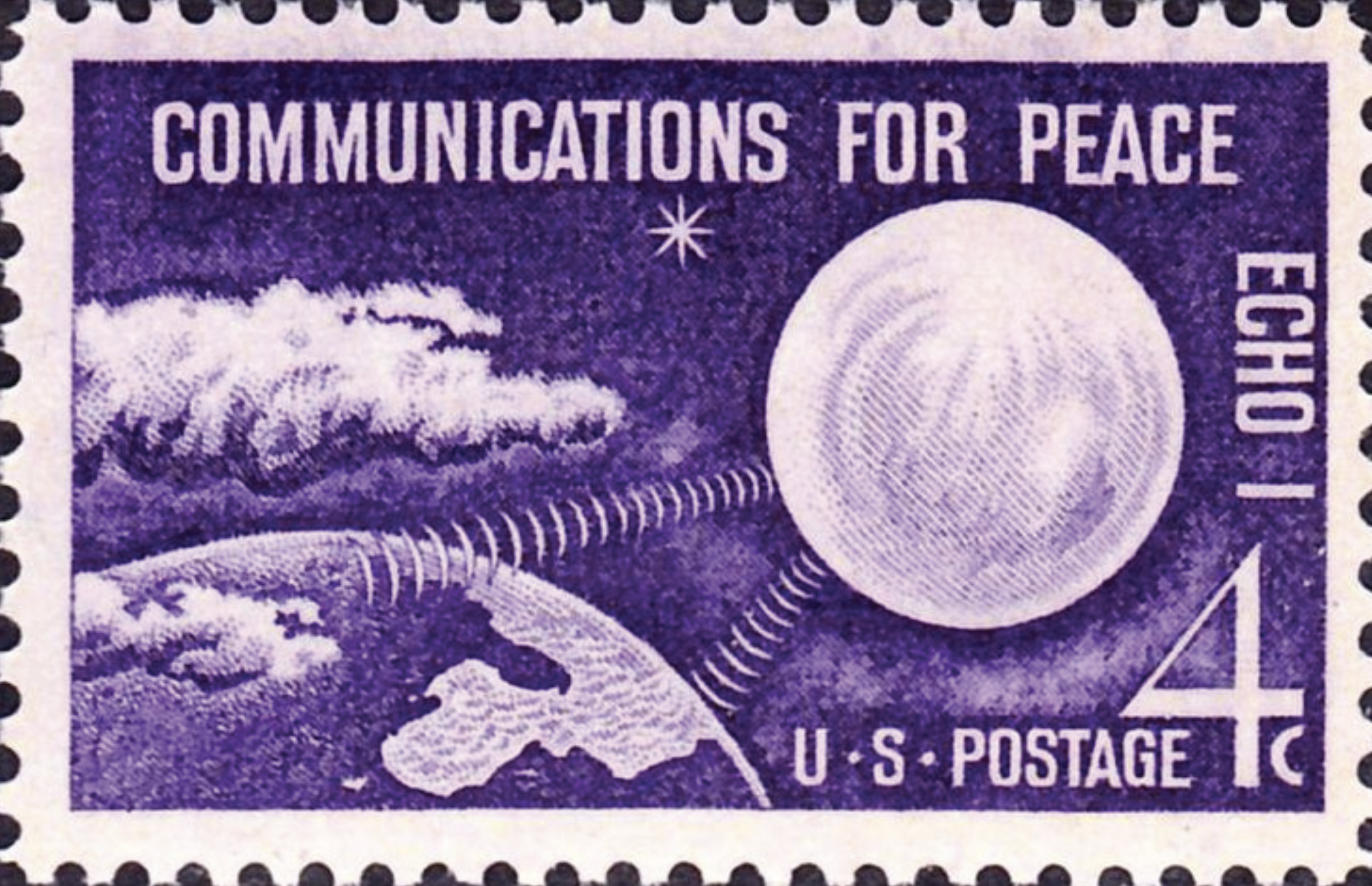In 1974, American philosopher Thomas Nagel in his critique of materialist theories of the mind asked: “What is it like to be a Bat?”1 In his paper, he argues that within the conscious mind is a subjective mechanism that allows us to formulate the “what would it be like to be” interrogative construction that cannot be explained only through the examination of electrical impulses and the physiology of the brain alone. While Nagel’s focus remains primarily on consciousness, as with other philosophers from Adorno to Sloterdijk, as an internal conversation with oneself, I’d like to only use this formulation as a lead-in to another question: the relation of resonance and space, and ultimately an investigation of the echo as a speculative probe into our understanding of reality as it is mediated through art, culture and technology.
Plato argued in his famous allegory of the cave that we are deceived by our own senses having mistaken the projected shadows on the wall for reality. Indeed if there were bats in that cave, might their sonic experience be different from a visual one? By emitting frequencies and detecting their echo, bats are able to sense physical space and would certainly detect the actual and miss the shadow entirely.
It has also been documented that certain humans, not unlike the comic hero Daredevil, have been able to develop sonar-like abilities known as Human Echolocation. Research existing since the 1950s records demonstrations where the trained blind are able to emit a clicking pulse from within the mouth while their ears detect echoes that judge not only proximity, but in cases the shape and density of nearby objects. In one documentary, an echo-locator walks down a street pointing out types of buildings and with amazing precision correctly distinguishing waste bins from parked cars. In another scenario, through echolocation the blind are able to navigate complex riding trails on mountain bikes. Human vision and hearing both rely on the detection of waves of energy and in the last century we have been able to exploit this similarity swapping the properties of one for the other. Sound and resonance-based technologies have given us at least two familiar staples of modern medical imaging equipment: ultrasound (ultrasonography) and magnetic resonance imaging (MRI). A particular flavour of resonance imaging is the EPI (Echo-Planar Imaging) which has been used as a diagnostic tool in understanding epilepsy, a condition suffered by artist Kurt Schwitters.
The worst epileptic seizures, formerly known as Grand Mal (the great bad) seizures, are currently referred to as Tonic Clonic seizures, the name itself nearly an echo. Whereas the electronic impulses between the two hemispheres in the brain normally are out of sync, epileptic seizures often occur as a result of synchronicity, or, with a slight stretch of the imagination, in the absence of an echo.
Architectures have been designed throughout history for both the amplification and the elimination of echo. Those built to enhance or prolong are referred to as echo chambers while those designed to reduce resonance are referred to anechoic. With regard to the design of contemporary anechoic spaces, flat hard surfaces are replaced by soft materials with deep crevices to absorb and trap the sound vibrations. Everyday anechoic spaces include recording studios with walls and ceilings that resemble early avant-garde sculpture and installations not unlike Schwitter’s own Merzbau.

1 Kurt Schwitters. The Merzbau (1933).
A precursor to the anechoic chamber
or the externalisation of the epileptic brain?

2 F.T Marinetti cover of Zang Tumb Tumb (1914).
Another form of sonography: from sound to image. Public Domain.
Strangely enough, electric guitarists can be found in these anechoic spaces geared up with a myriad of pedals designed specifically for echoes and delay effects. Prior to the invention of analog and digital effects, artists simply had to simulate echoes, often with only their own bodies. Among Schwitter’s contemporaries in the Futurist, Dadaist and Surrealist movements, the echo was often utilised in the sound art and poetry performances, notably in both the graphic design and spoken performance of Filippo Tommaso Marinetti’s Zang Tumb Tumb (1912-1914).
The short-lived Echo magazine (1960) features the hilarious recording of a dialogue between Salvadore Dali and Edward Mulhare where Dali instructs Mulhare in Dalinguistics, echoing the method of distorting the accent, pitch and diction of words similar to Schwitter’s own earlier experiments with his work, Ursonate.2 During this exchange, Mulhare proposes a word which is then Dali-nised to be then echoed by Mulhare.
A condition known as Echolalia is sometimes found among autistic children which involves the automatic and repeated vocalisations of other people. Considered as a normal stage of language development in infants (such as the vocalisation, not the art movement, Da-Da), this normal speech act becomes a medical condition when older children cannot help but repeat whole phrases spoken by others before a short delay in responding further with their intended response. An example of echolalia where the echo of Person 1 is automatic and will always precede Person 2’s own intended speech act:
Person 1: “What would you like to drink?”
Person 2: “What would you like to drink”, followed by a short delay or pause, “I would like some milk please.”
A wonderful account of the wonders of language development can be found in Daniel Heller-Roazen’s book, Echolalias, published by Zone Books, MIT Press.
In the same year as Echo Magazine, the United States released a postage stamp commemorating Project Echo, a balloon satellite that reflected microwave radiation. It was through these satellites and other experiments that we were first able to detect the echoes of radiation created in the earliest moments after the Big Bang (a source of the first order). It might be said indeed the universe and reality nothing more than the echo of that first event.

3 U.S. Postal Stamp Echo 1. December 1960. Public Domain.
It has been calculated that within audible frequencies the typical human ear cannot distinguish between an echo and the original sound if the delay is less than 1/15 of a second which is under normative conditions is approximately 11.3 meters apart. While this might not apply to the heightened senses of the human echo-locator, it is remarkable that echolocation might be used for anything within ten metres. Another technique for the physical manipulation of sound is known as phase-cancellation, which is the broadcast of an inverse wave or frequency. Commercial applications include noise-cancellation headphones. Much like its visual counterpart, the mirror which reflects the image in reverse (or in the cases of lenses, upside down), the phase-cancel take the original sound, echoes it back to the source in an inverted form, in effect producing a mute.
If our perception of reality is defined by the detection of energy waves, our future experience may increasingly be mediated by the technological manipulation of image and sound allowing us to simultaneously be both human and bat inside the cave. In other words, a bat-man.
In the 1999 comic version of Bat Man, a character known as Echo3 undergoes a surgical procedure called “The Turing Project” allowing her to read the “minds” of both humans and computers, yet rendering her with incredible migraines.

